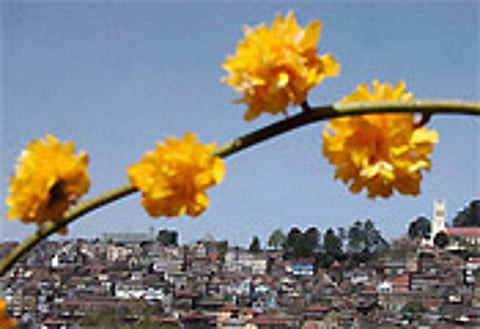

CHENNAI: Roiled by the heat of May, Indians tend to head for the hills this month but it is not as if the hill stations have been spared of the warming witnessed across the nation. In fact, long-term temperature records show that India’s hill stations are warming up faster than towns, medium-sized cities and the big metropolises.
For instance, Shimla, the summer capital of the British Raj, witnessed its hottest day in 170 years with a temperature recording of of 32.4°C on May 28, 2010.
While the average warming for the entire nation has been 0.91°C over the whole of the last century, five hill stations -- Kodaikanal, Shimla, Darjeeling, Madikeri and Srinagar – have registered a spike of 0.4°C every decade since the 1970s.
In other words, the hill stations have warmed up by 2°C in the last 40 years.
These findings were part of a 2016 study published in the American Journal of Climate Change that monitored surface temperatures from 1901 to 2013 across 36 locations across India.
Interestingly, the warming of hill stations did not really begin until the 1970s. During the
1901-1970 period, only Shimla and Darjeeling among the five hill stations studied showed a significant rise in temperature. Post-1970, temperatures in all the hill stations except Madikeri spurted.
The study blamed the rapid industrialization in the recent past for the increase and hill stations are affected by greenhouse emissions to a greater degree than bigger cities although the latter have a higher carbon footprint.
The study found that the aerosols emitted along with CO2 by industries and the higher levels of particulate matter in the air in cities act as a shield against the sun’s radiation. Industrial cities like Surat, Ahmedabad, and Lucknow have higher aerosol levels and therefore have lesser warming rates than hill stations which have no such insulation.